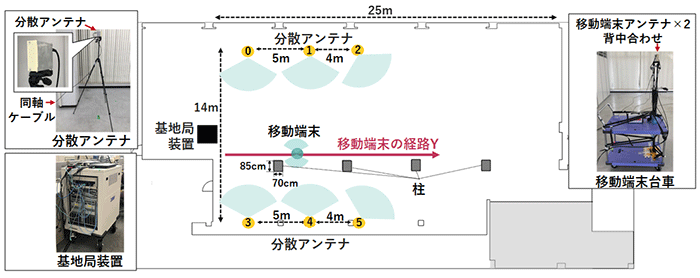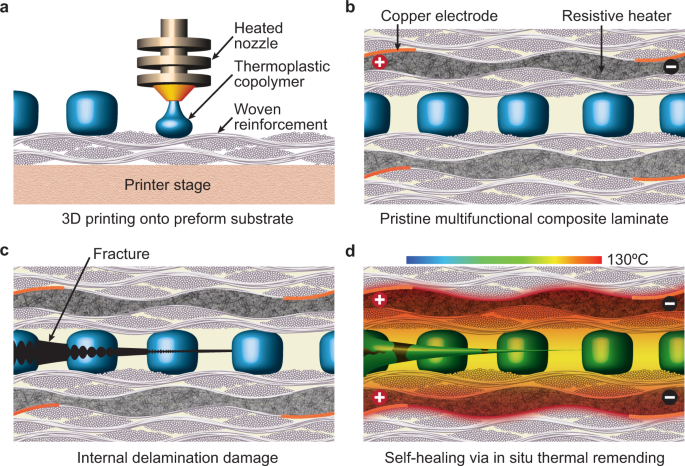NRELとバークレー研究所は、測定値の比較に信頼性を持たせるための理想的な方法を提供します。 NREL, Berkeley Lab Offer Ideal Methods To Provide Confidence in Comparing Measurements
2022-10-31 アメリカ国立再生可能エネルギー研究所(NREL)
Frontiers in Energy Researchに掲載された新開発のベストプラクティスガイドは、異なるサイトやグループによって得られた結果を比較する際の信頼性を提供することを目的としている。
この論文では、光電極の製造に必要な材料から始まり、すべての研究室が統一した実験方法に従うことができるよう、道筋を明示しています。さらに、作製手順、実験セットアップ、太陽光から水素への変換効率(STH)の測定プロセスについて詳しく説明している。研究者らは、STH効率を正確に評価するためには、PEC水分解で発生した水素の量を直接測定することが必要であると述べている。
<関連情報>
- https://www.nrel.gov/news/press/2022/efficiency-and-stability-best-practices-proposed-for-solar-water-splitting-to-make-hydrogen.html
- https://www.frontiersin.org/articles/10.3389/fenrg.2022.840140/full
光電気化学水分解の長期安定性評価指標 Long-Term Stability Metrics of Photoelectrochemical Water Splitting
Srinivas Vanka, Guosong Zeng, Todd G. Deutsch, Francesca Maria Toma and Zetian Mi
Frontiers in Energy Research Published:10 May 2022
DOI:https://doi.org/10.3389/fenrg.2022.840140

Photoelectrochemical (PEC) water splitting, one of the most promising technologies for clean hydrogen generation, has drawn considerable attention over the past few decades. Achieving simultaneous highly efficient and stable unassisted PEC water splitting has been the “holy grail” in clean and renewable fuel generation. State-of-the-art photoelectrodes have shown relatively high efficiencies (∼10–20%). Still, their stability is limited due to photoelectrode chemical instability, electrolyte resistance, mass transfer issues, and an often unoptimized experimental setup. In this work, we present a framework and a set of protocols for conducting long-term stability experiments and further provide details on several critical factors such as light source calibration, choosing the right counter electrode, the configuration of the PEC cell, and photoelectrode sample preparation.



